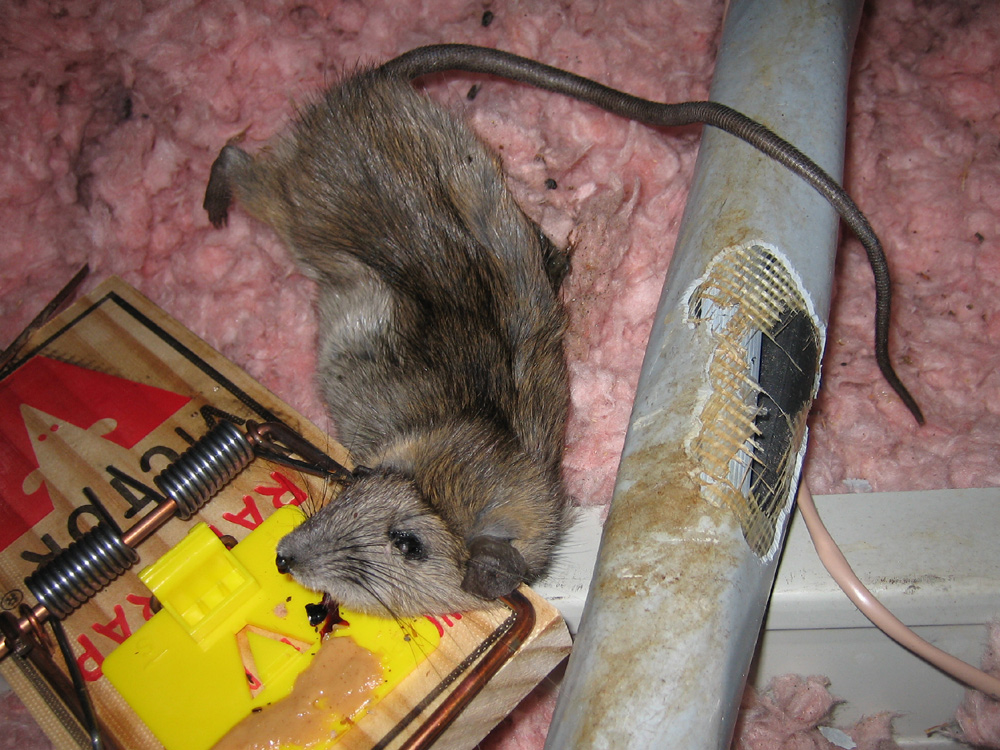Rats In House
It's pretty hard to describe how shocked people feel when they see a rat in their house. Rats are filthy, destructive, and can carry disease. Fifty-thousand people each year receive rat bites. They destroy crops and property. So when they show up in your home, it's hard to stay calm. Fortunately, you can take several steps to.

Rats: How to Get Rid of Rats • • • • The most common rats in the USA are and. Free Download Nokia Pc Suite 5233 Windows 7. A quick look at the habits of both will help you understand how to inspect and control the rat population. Norway rats are larger than the smaller, and sleeker Roof Rats. Roof rats have bigger ears and a longer tail than the Norway rat.

Also, the roof rat has a pointed nose, and they are excellent climbers. Roof Rats inhabit attics, upper stories, and exterior vegetation. Norway rats occupy lower portions of the building and the ground. Geographic Locations of Roof and Norway Rats Roof Rats are predominate in coastal areas.
Generally, Roof rats stay within 100 miles inland. Roof rats are found in more temperate climates, since they do not do well in cooler temperatures. Roof Rats (Black rat, ship rat, ship rat) • sleek, agile • Belly color: gray, white • Fur is grayish black to solid black • Weighs 5-9oz • Tail extends to the snout when pulled, fine scaled and uniformily dark • Head is pointed • Ears are long enough to reach eyes if folded over. • Lives above ground and are good climbers, but may expand nests to underground burrows Norway Rats (Sewer rat, brown rat, house rat, wharf rat, water rat and gray rat) • Large and robust • Belly is mostly gray • Weighs 12-16 oz • Body fur is coarse; reddish to grayish brown • Nose is blunt • Ears are small and do not reach eyes when pulled down • Lives in colonies, often ground-dwelling (burrows along foundational walls), but may nest inside (usually lower floors). The First Step for Rat Control is Sanitation, Inspection and Exclusion • is an important first step in getting rid of rats. Steve Jobs Biography Pdf Free In Gujarati Wedding. Once you know the location of the rats, you can set traps or place bait.
• is an important rodent control technique. It will get rid of the rats by making it difficult for them to enter the home or structure. Rats are easier to exclude than mice because rats a typically larger. Mice can enter an opening as small as 3/8' wide. All openings greater that 1/4' should be sealed to exclude mice.
For rats, all openings greater that 1/2' should be sealed. • Please also read the section on, as it is an important consideration in rodent control. • Rats (especially Roof rats) are wary of new objects, new foods or changed in environment. They are constantly exploring surroundings and notice changes and are suspious by nature. This is why traps and bait stations may be avoided for a day or two. They approach new food or object with caution.
Within a rat colony, they may be a few rats that are extra cautious and manage to avoid traps or eating rodent baits. • Save 10% on ( Coupon Code: rodent2017) 2. The Second Step for Rat Control is Trapping or Baiting The most effective methods to get rid of rats is trapping them and placing rodent baits. Reducing Rat Populations By Trapping Trapping does have some advantages over baiting.
It provides an alternative for those who do not want to place rodenticides. If the rat population is small enough, trapping can yield quick results when done properly. Finally, trapping ensures that you can dispose of the dead rats before their odor becomes a problem in an inaccessible area. • More Information: • Get Rid Of Rats With Rodent Bait Rodenticides are poison baits and should be used in areas where domestic animals and children can't access them.
For protection against accidental poisoning, use that hold the baits in place and keep children and pets out. It is a national law and guideline to use tamper-resistant bait stations in areas where children or pets can access. We carry single feed bait (requires just one feeding for a lethal dose.) Rat Baits come in pellets, meal, and block forms. • More Information: •.